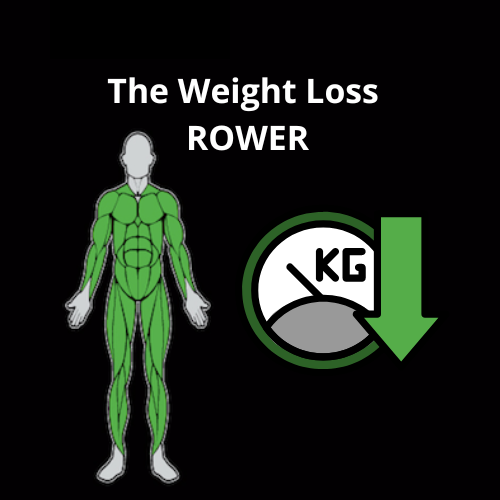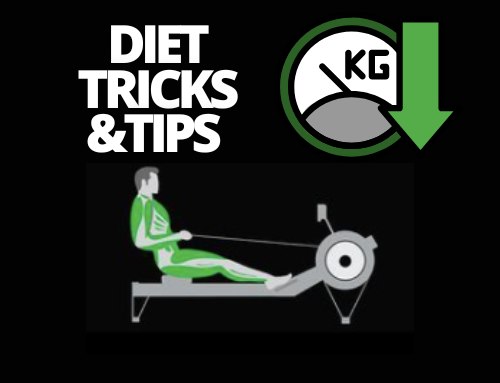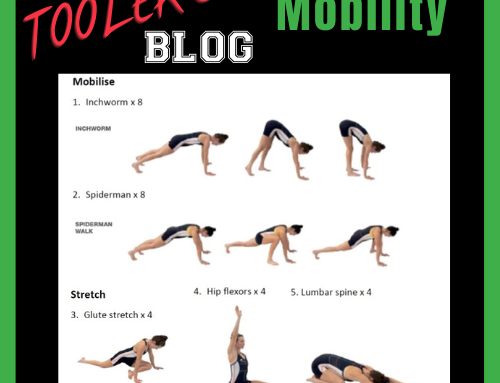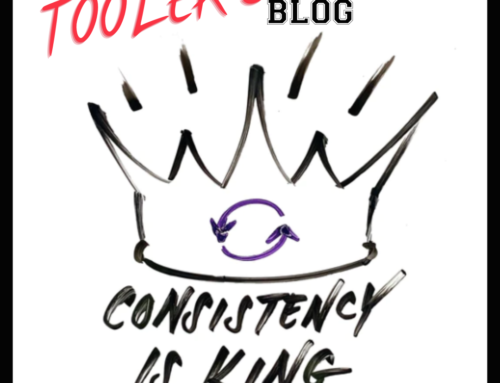Weight loss lessons from a lightweight rower
When I started Crew Class I wanted to create a fun, team-oriented inclusive environment with a genuine connection to the sport of rowing. Rowers come in all shapes and sizes, so I really didn’t want Crew Class to be all about weight loss. However, having said that, many of us do keep an eye on weight for health and fitness reasons and I do get a lot of questions about weight loss from clients throughout the year. I’ve already written a blog about losing weight as a lightweight rower and how effective rowing is for weight loss – “Can you lose fat and gain muscle rowing?”, but this was mostly focused on my weight loss trajectory leading up to the World Rowing Indoor Champs in 2021, using the RowErg as the training tool. In this blog I want to chat through some of the practical behaviour changes that work for me when approaching a weight loss period.
One of the most important things for me is consistency over intensity! Your routine changes need to be easy, practical and enjoyable. Why?… So that you can sustain these changes over time! I am going to describe a 3-month period, broken into 3 phases. Each phase will layer on the previous phase so that adjustments are small and sustainable!
Month 1: Target your training
The goal for this phase is very simple – embed a consistent training routine. A bigger engine requires more fuel – so committing to a consistent training routine will not only mean that you are burning more energy in a week; but you are also building a body that requires more fuel, which will help with maintaining weight loss over time. Your training should be enjoyable and should fit with your day-to-day schedule. Aim for minimum 3 Crew Class sessions per week for the first 2 weeks. If this routine is working, try to layer on this in the second 2 weeks; add a 4th Crew Class session or aim to move more during other parts of your day e.g. a walk or a cycle. In month 1, plan to create good rhythms and routines to reduce your reliance on motivation, which will fluctuate. Understand that most decisions to skip a training session are made in the small moments between getting out of bed or coming home from work and getting out the door to your session. Imagine how easy it would be if you woke up and all the elements you needed to get out the door quickly were already in place; clothes, food and transport all ready to go..? A little planning will get you there!
Month 2: Focus on your food
In month 2 you need to start to focus on food, while maintaining that bulletproof training base you built in month 1. When it comes to food, I don’t like to make massive changes, for several reasons: 1) they tend to fail and 2) major cuts can impact training motivation and that is the last thing you want to do. So in month 2 my suggestion is to start with fixing your meal times. Aim for 3 meals in the day and possibly 1-2 small snacks. I try to eat my largest meal early in the day – aiming to not eat a big meal after 6pm and trying not to eat anything after 8pm. I used to think that avoiding food late in the evening had a metabolic effect that reduced the amount of fat stored, but subsequently found out that this behavior change actually just stopped me from overeating. Like many others (I think), I am more likely to overeat in the evenings – limiting myself to not having anything after 8pm helps me to control that. If this is going OK after 2 weeks, you can layer on this in the second 2 weeks of month 2. My suggestion here is to look at what we know are the “bad” foods in our diets. Cut-down on the chocolate, biscuits or crisps – whatever your vice! Not saying cut out – for now, just cut-down. Again smaller, more sustainable steps will work better over time.
Month 3: Refine your routine
Month 3 is all about refining and maintaining. By now you are training consistently and have made some changes to how (and possibly what) you are eating. Even if you haven’t lost a huge amount of weight at this point, you will undoubtedly be feeling better in yourself. Healthy training and eating routines, regardless of weight loss, are good for your mood. If you are ready to kick on, now is the time to layer on some further changes. This phase is often the most difficult. Depending on where you started and assuming you are losing some weight, you might find that your weight loss is starting to slow down. That is to be expected, which is why at this point you need to start refining your routine. From a training perspective, it might mean adding another session or adding another activity. If you feel like your training schedule is enough to suit your lifestyle then at this point you might start to look at training intensity – can you give a little more in each session each week? If yes, then even that will be enough to tip the scales in the right direction. From a food perspective, you’ve got your meal times right and have cut down on the chocolate/biscuits/crisps. Next up is portion sizes and food choices – start with one and layer on the other. Load up your plate with salad and vegetables, aim for smaller portions of potatoes/pasta/rice and meat/fish, and go for wholegrain/high-fibre options as much as possible. Ultimately, the same message remains – consistency over intensity, sustainability is key!






